Pedro Saa
PUBLICACIONES
ABSTRACT
Background
Uniform random sampling of mass-balanced flux solutions offers an unbiased appraisal of the capabilities of metabolic networks. Unfortunately, it is impossible to avoid thermodynamically infeasible loops in flux samples when using convex samplers on large metabolic models. Current strategies for randomly sampling the non-convex loopless flux space display limited efficiency and lack theoretical guarantees.Results
Here, we present LooplessFluxSampler, an efficient algorithm for exploring the loopless mass-balanced flux solution space of metabolic models, based on an Adaptive Directions Sampling on a Box (ADSB) algorithm. ADSB is rooted in the general Adaptive Direction Sampling (ADS) framework, specifically the Parallel ADS, for which theoretical convergence and irreducibility results are available for sampling from arbitrary distributions. By sampling directions that adapt to the target distribution, ADSB traverses more efficiently the sample space achieving faster mixing than other methods. Importantly, the presented algorithm is guaranteed to target the uniform distribution over convex regions, and it provably converges on the latter distribution over more general (non-convex) regions provided the sample can have full support.Conclusions
LooplessFluxSampler enables scalable statistical inference of the loopless mass-balanced solution space of large metabolic models. Grounded in a theoretically sound framework, this toolbox provides not only efficient but also reliable results for exploring the properties of the almost surely non-convex loopless flux space. Finally, LooplessFluxSampler includes a Markov Chain diagnostics suite for assessing the quality of the final sample and the performance of the algorithm.ABSTRACT
The sudden loss of smell is among the earliest and most prevalent symptoms of COVID-19 when measured with a clinical psychophysical test. Research has shown the potential impact of frequent screening for olfactory dysfunction, but existing tests are expensive and time consuming. We developed a low-cost ($0.50/test) rapid psychophysical olfactory test (KOR) for frequent testing and a model-based COVID-19 screening framework using a Bayes Network symptoms model. We trained and validated the model on two samples: suspected COVID-19 cases in five healthcare centers (n = 926; 33% prevalence, 309 RT-PCR confirmed) and healthy miners (n = 1,365; 1.1% prevalence, 15 RT-PCR confirmed). The model predicted COVID-19 status with 76% and 96% accuracy in the healthcare and miners samples, respectively (healthcare: AUC = 0.79 [0.75–0.82], sensitivity: 59%, specificity: 87%; miners: AUC = 0.71 [0.63–0.79], sensitivity: 40%, specificity: 97%, at 0.50 infection probability threshold). Our results highlight the potential for low-cost, frequent, accessible, routine COVID-19 testing to support society's reopening.

Vicuña Mackenna 4860
Macul, Chile



